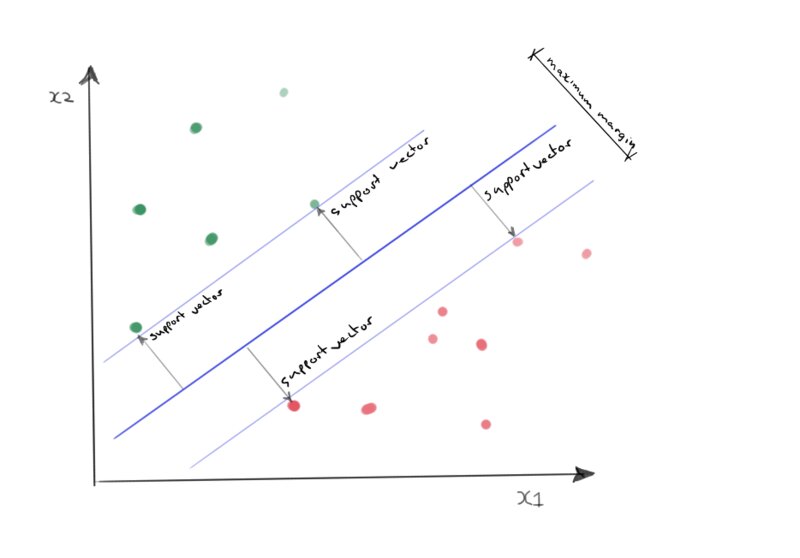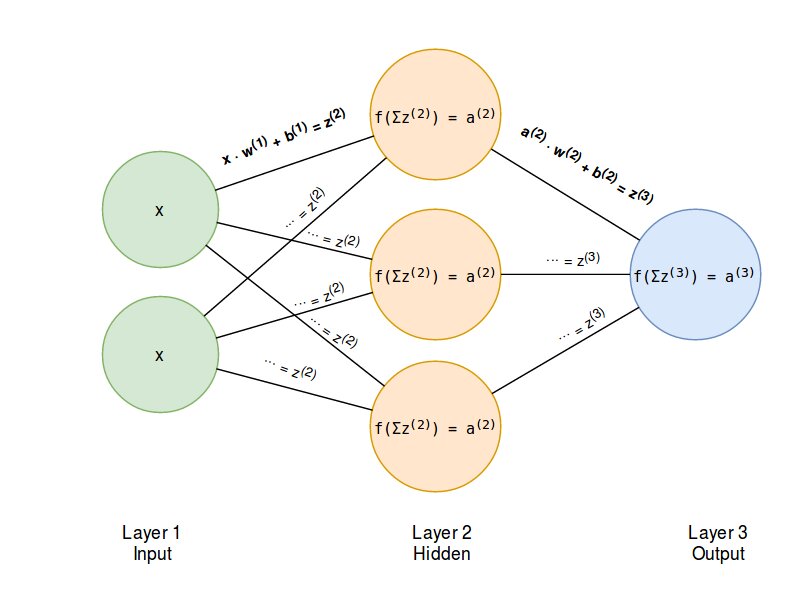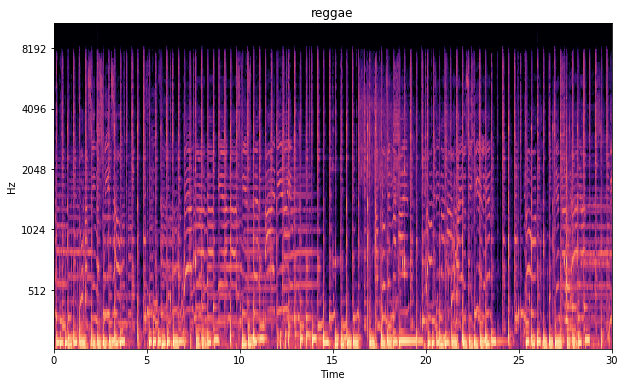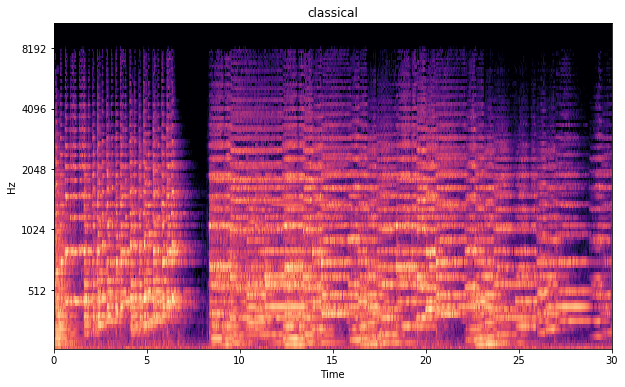Computer build me a bridge
January 14, 2018

In earlier posts I’ve analyzed simple structures with a Python fem package called anaStruct. And in this post I’ve used anaStruct to analyze a very non linear roof ponding problem.
Modelling a structure in Python may seem cumbersome in relation to some programs that offer a graphical user interface. For simple structures this may well be the case. However now we’ve got a simple way to programmatically model 2D structures, I was wondering if we could let a computer model these structures for us.
Read more





